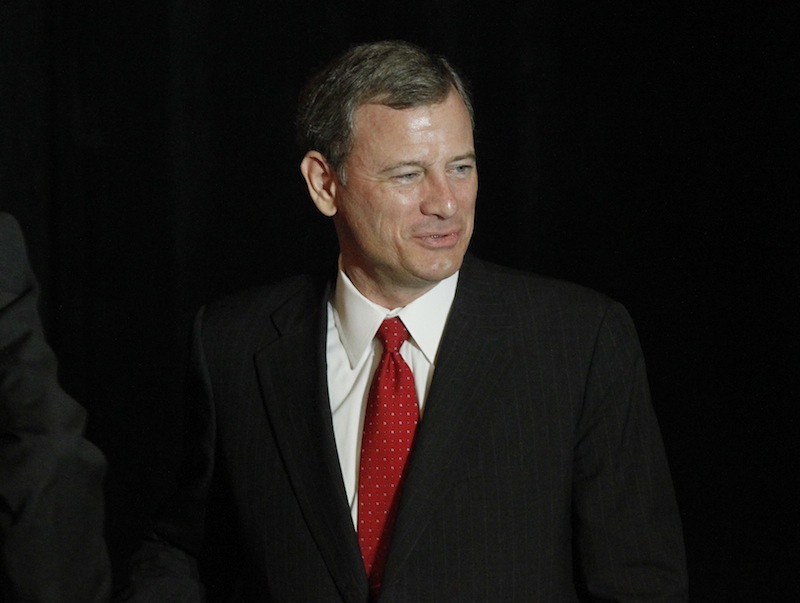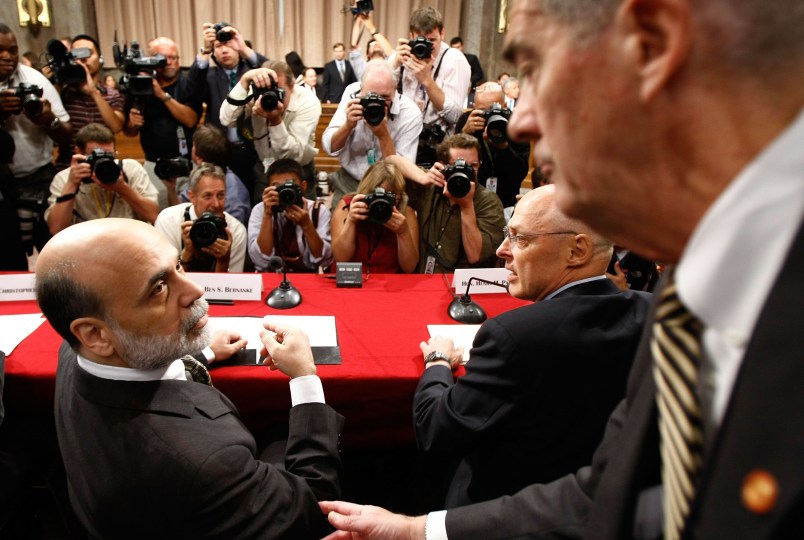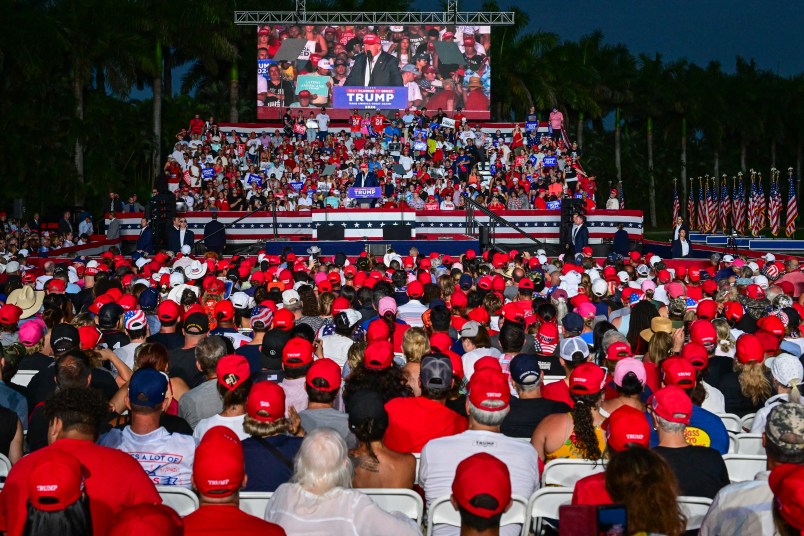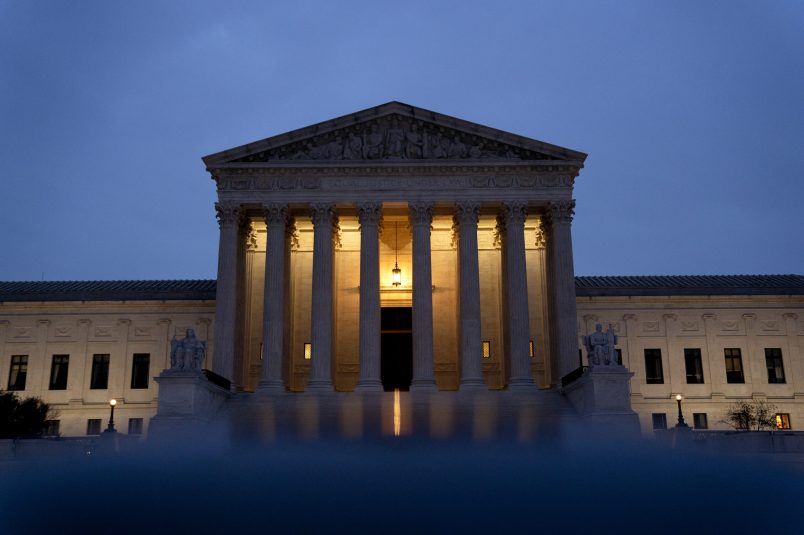Despite paralyzing partisanship in Congress, there’s some movement to revitalize the Voting Rights Act of 1965, which had been severely wounded by a Supreme Court decision last June. The new bill will restore some of the Voting Rights Act’s power – but it is a far cry from what is needed.
In Shelby v. Holder, the Court struck down Section 4 of the Voting Rights Act. Section 4 outlined a formula for states with a history of racial discrimination in voting, and Section 5 required that those states get clearance from the Department of Justice before they could change their voting laws. Since Shelby, several states, including Texas, have jumped to pass new voter ID laws.
While voting rights advocates are rightly concerned, the court’s decision was correct about one thing: Section 4 — and frankly, Section 5 as well — was obsolete, and it had been rendered inadequate by changing facts on the ground.
The best move forward is not for advocates to focus on restoring a new Section 4 through limited congressional action – and the bipartisan fix currently proposed is weak indeed — specifically because it does not address the popular voter ID laws. The challenge is greater, and the response must be larger. Federal oversight should not just apply to a handful of states with a history of discrimination; it should apply to all states. Oversight should not focus only on racial discrimination against voters, but broadly protect the right for every citizen to cast a meaningful vote.
Sections 4 and 5 of the Voting Rights Act were originally intended to target states with the most notorious records of racial discrimination. While necessary at that time, the problems that have sprung up since then are twofold. First, it overlooked — and in many ways validated — the considerable history of racial discrimination in other states. Second, it gave little protections for other forms of voter discrimination, including discrimination against young citizens, against low-income and poor citizens, and against citizens who support parties and ideas different from the political power entrenched in their state.
The United States has a long history of electoral manipulation, and it is not just about race. Foremost is a device we know all too well – gerrymandering. In our system of single-member districts, gerrymandering, or the ability to carve out districts that favor certain interests, is perhaps the most powerful tool elites can wield to manipulate electoral outcomes. While majority-minority districts have been in the news often in the past few years, historically, most gerrymandered districts have been used to protect the interests of political elites, not to promote racial justice.
Even today, few voting rights groups – and hardly any ordinary citizens – have access to the vast amounts of data and complex software necessary to competently engage in redistricting. And even those who do are often shut out of the process, so the design of districts tends to be almost exclusively in the hands of party elites. The Voting Rights Act is silent on the issue.
The common US alternative to gerrymandered, single-member districts is at-large elections, which are common in many cities across the U.S. and which are, in some ways, as bad as gerrymandering. Because of the use of multimember districts, at large elections bear some resemblance to the proportional representation systems used in democracies around the world. But unlike proportional systems, in at-large elections in the U.S., a team of candidates with the most votes can win all the seats, even if they only narrowly edge out other candidates representing many voters. The Voting Rights Act, again, can only be used to fix at-large systems when race is at issue. If the disenfranchised voters are different from the winning coalition only because they are poorer, or younger, or have different political views, the Voting Rights Act provides no help.
While times have changed since 1965, if anything, politicians have gotten better at gaming election laws. New voter ID laws, restrictions on the timing, place, and methods available for citizens to register and vote, and increasingly sophisticated gerrymandering all seriously challenge the ability of ordinary citizens to make their voices heard.
Given all the ways that the election rules can be manipulated to advantage the politicians in power, what is striking is how few voter protections are enshrined in the U.S. Constitution and in federal law. This was true even before the Supreme Court struck down Section 4. A small fix is insufficient.
Amel Ahmed is a professor of Political Science at the University of Massachusetts, Amherst and a member of the Scholars Strategy Network.









